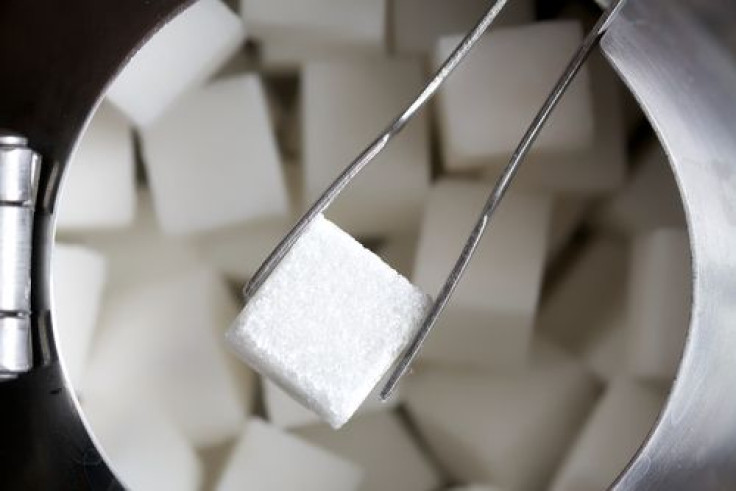The 5% Sugar Diet: WHO Guidelines For Daily Sugar Intake Wipe Many Common Foods Off The Table

In today’s day and age, where every food seems to be either processed, preserved, packaged, or refined, maintaining a well-rounded diet that doesn’t include too much sugar is a challenge. But little do you know how big of a challenge it really is, as the World Health Organization’s latest guidelines claim a day’s worth of sugar shouldn’t exceed five percent of a person’s daily calories.
That’s about 6 teaspoons, or 25 grams of sugar. It’s the equivalent of one Hostess cupcake, an eight ounce glass of orange juice, or a little more than half a can of Coke. For the whole day. It may seem unrealistic, given that a particularly dreary Monday may be numbed by a pint of ice cream at night (90 grams of sugar) without a second thought to the dessert’s sugar load.
A Sugar Culture
Without question, the WHO’s guidelines are strict; some experts say 10 percent is a more realistic proportion. Because sugar has become such a natural component of our diets, we often discount its toxicity. From the healthy sugars found naturally in fruits and vegetables to the obvious artificial sweeteners of diet sodas and the less well-known sugars of condiments and sauces, our palates have come to crave sugar.
But it wasn’t always like that. Long before TV dinners hit the culinary landscape, we humans ate the food that either grew in the ground or grazed in a herd amongst it. Needless to say, the prehistoric human was not surviving on Rice Krispies Treats.
The Geneva-based organization held a conference on Monday to discuss its new guidelines. Dr. Francesco Branco, head of nutrition for health and development for WHO, spoke on the modern risks a high-sugar diet poses to the average consumer. "Sugar might become the new tobacco in terms of risk," Branco said, according to CBC News. "It's sometimes in condiments, sauce added to meats,” and for instance, “a tablespoon of ketchup has up to seven grams of sugar [and] sweetened yogurt up to six grams."
We normally don’t think of ketchup as sugary or yogurt as being just as unhealthy as ice cream. These are the “sugars we don’t see,” according to Branco. And they appear in a variety of foods otherwise deemed fair game. For instance, if it weren’t for the added vitamin C boost orange juice gives you, it’d be just as unhealthy as a can of soda. A 16-ounce bottle of Minute Maid Premium original OJ contains 220 calories and 48 grams of sugar, which is 1 gram more than an entire bag of Skittles, and by the WHO’s measure, twice the sugar you need in a day — before you’ve even finished breakfast.
Staying Healthy Despite the Sugar
Among other sneaky foods that fail to meet the new guidelines: two NutriGrain cereal bars (26g), 4 tablespoons of Kraft barbecue sauce (26g), and two low-fat Snack Pack pudding cups (30g), to name just a few. Even healthy-sounding products, like Odwalla’s Original Superfood smoothie, McDonald’s Fruit & Maple Oatmeal cup, and the cultish Vita Coco coconut water all contain more sugar than a Snickers bar (37g, 32g, and 30g, respectively).
"An average serving at a fast food place of sugar-sweetened soda ... approaches 30 grams of sugar per serving," noted Branco. "That already exceeds the recommended daily serving for a child." He explained that if parents can exercise discipline in the foods and drinks they give their children, they can minimize the risk for tooth decay and childhood obesity, which, in the U.S. alone, has doubled in children and quadrupled in adolescence in the last 30 years.
"[Our recommendations] can be used to develop policies to provide healthier food in public institutions or it can be used in the context of public information campaigns,” Branco concluded, “but much more has to be considered."



























